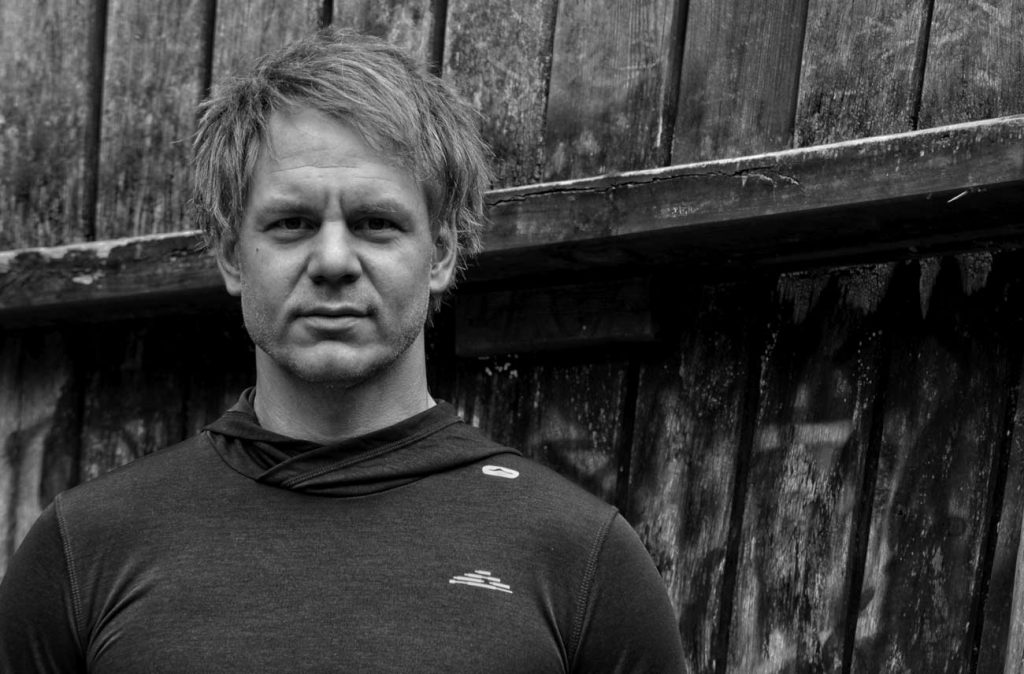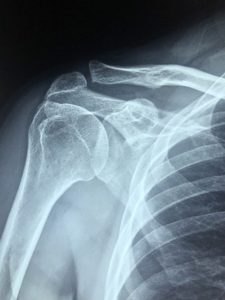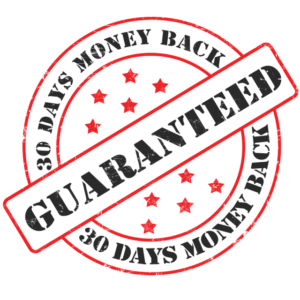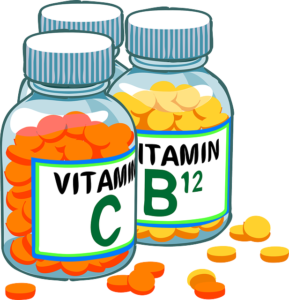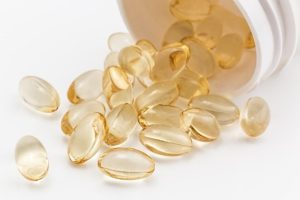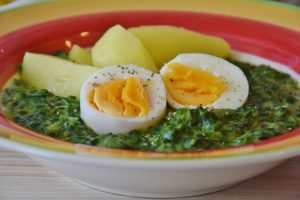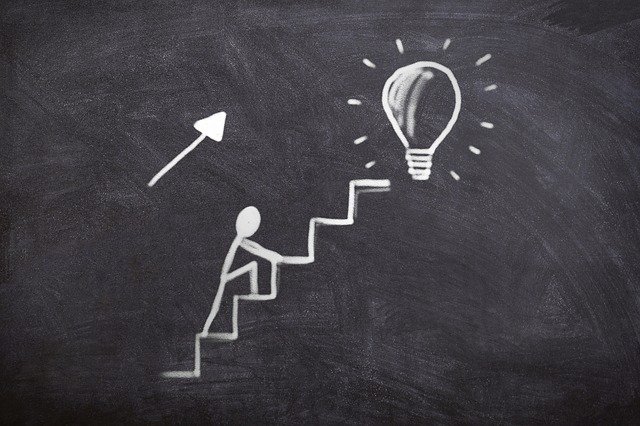The pain relieving expert explains his approach to reducing, improving and ultimately eliminating osteoarthritis pain. Today we will look at the approaches. Don’t forget to watch the first part again if you want to be fully informed. Why can’t the conventional approach lead to long-term freedom from pain?
Part 1: https://www.facebook.com/flowmotionIreland/posts/919421841972300
In the last article I mentioned that every joint has muscles that can bend the joint in a certain direction and also muscles that can move it in the opposite direction. In this process, one muscle (agonist) contracts to bend a leg, for example, while the opposite muscle (antagonist) stretches. Now what if we only use 50% of the biologically possible joint angles of 100%? What if that were only 20%? In fact, we usually move very unilaterally and use on average only 10% of our joint angles. How does this come about?
Let’s just take the many sedentary activities as an example. How many hours a day do we sit on average? Eight hours? I claim more… Many people sleep in bed with their legs bent. A prolongation of the sitting activity, only while lying down. Loosely speaking, it’s more like 14-18 hours, right?
These minimalist movement patterns manifest themselves in our brain: brain programmes store the frequently used movement patterns and, by controlling the muscles, ensure that they can be implemented quickly and precisely in everyday life. That’s why we don’t have to think much about how we move, we just do it: the necessary muscle tensions are automatically called up and applied. The muscles and especially the fascia surrounding them adapt to the movement patterns: When we sit, for example, the fasciae in the front part of the body are compressed because the muscles are not stretched by the bent legs, but are in a shortened position.
If we now stand up, the muscles and fasciae can no longer be stretched as flexibly as they are supposed to be. This creates a forward pull that the body tries to compensate for by the muscles in the back of the body pulling against it – otherwise you would not be able to stand upright. The resulting muscle and fascia tension goes far beyond the normal level and ensures that joint surfaces and vertebral bodies are strongly pressed against each other.
The joint cartilage has no pain receptors of its own, so its wear and tear cannot be the direct cause of your pain. So where does the pain come from? There are interstitial receptors in the synovial membrane that register wear and tear and transmit the threat to the joints from the excessive muscle and fascia tension to the brain. The brain then projects pain to the area of the body that is threatened by the wear and tear to draw attention to exactly that.
The first thing I do with my clients is to reduce the tension in the system, in the part of the body that is in pain. Usually a reduction of 50% in the first session is the norm. How about empowering the client to cure themselves in the future? How much money has a pain patient paid so far to at least find some peace?
In the last 10 years? 4 figures? 5 figures? It’s not a long-term concept, is it? So if that were true… that would be great, wouldn’t it? What could possibly stop people from going down this path now?
Well, do you have any ideas?
Questions?
I’d be happy to answer them, just let me know.
See you next time.
Stay strong.
Matti


